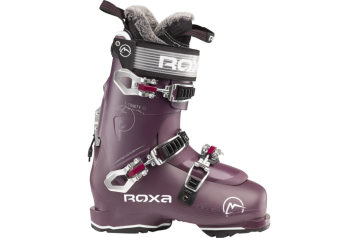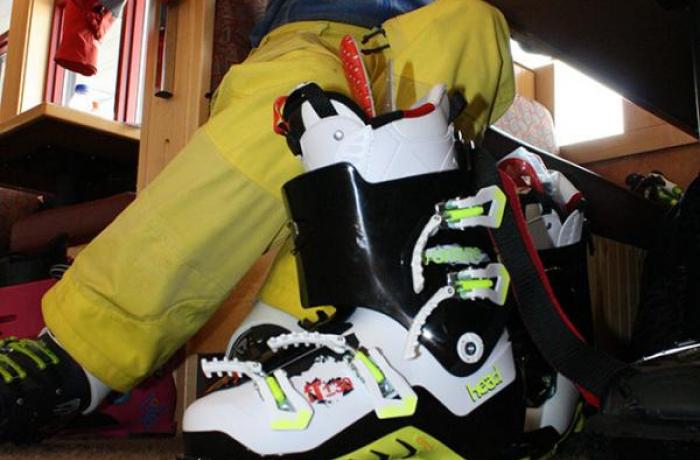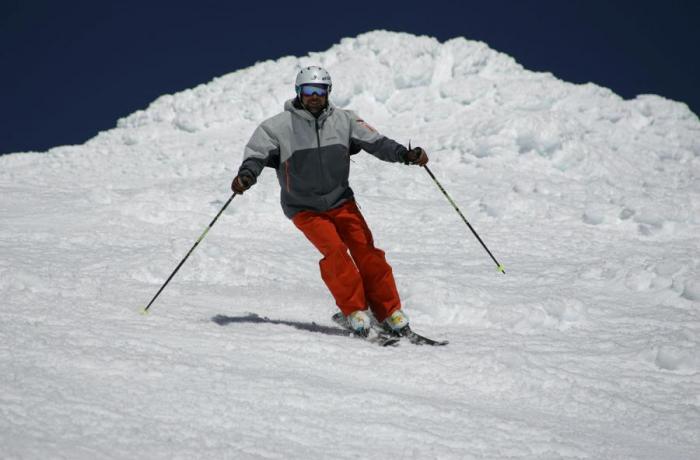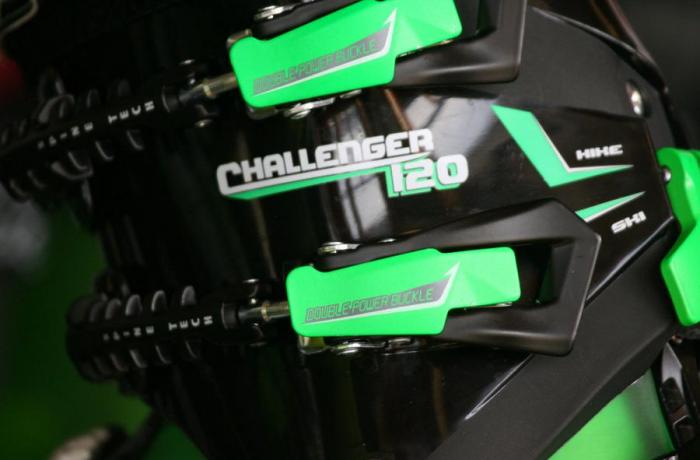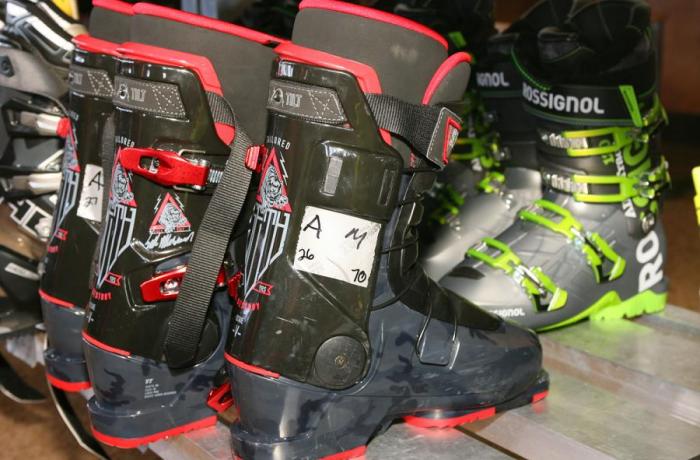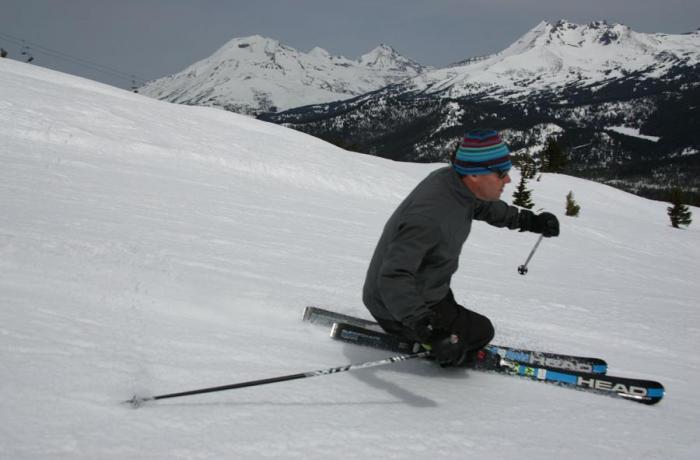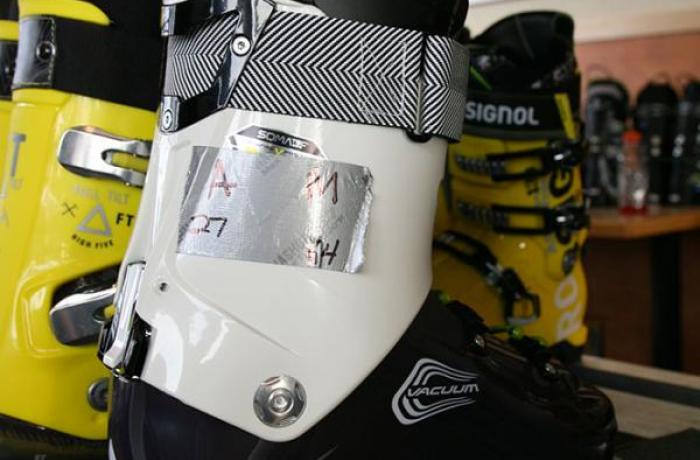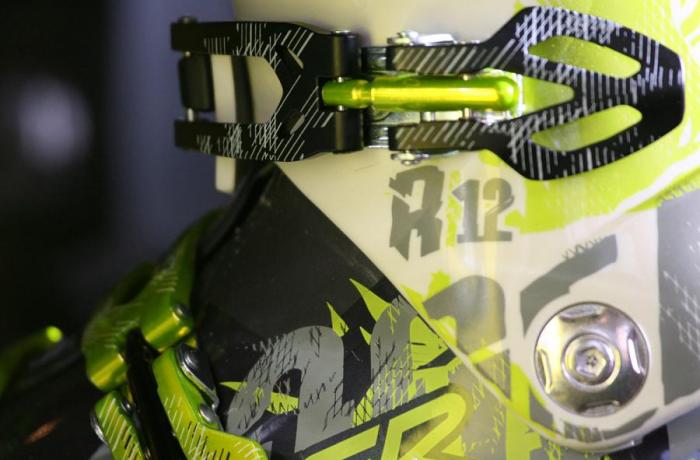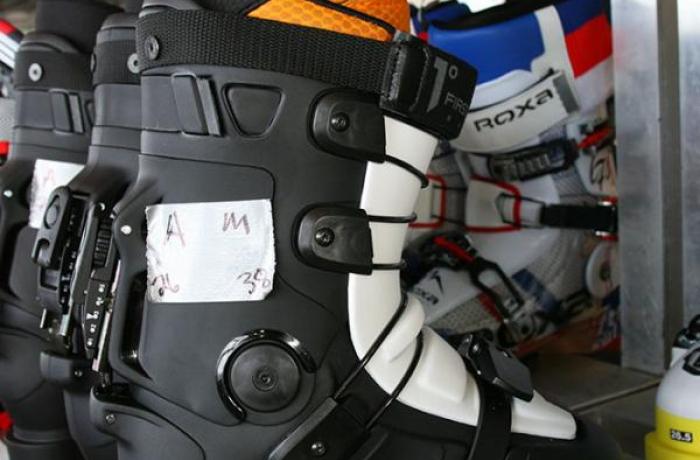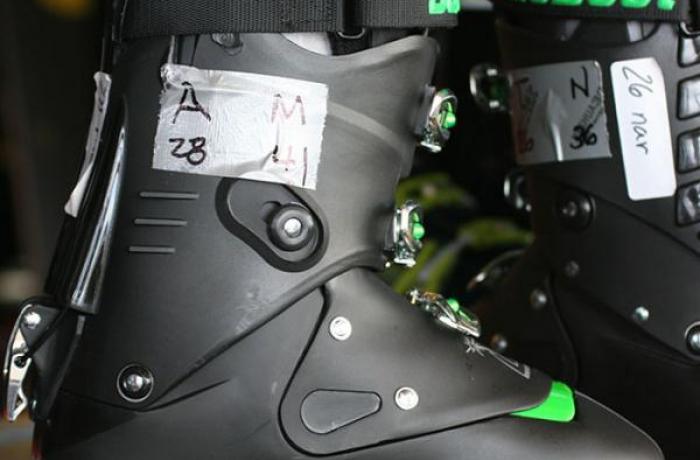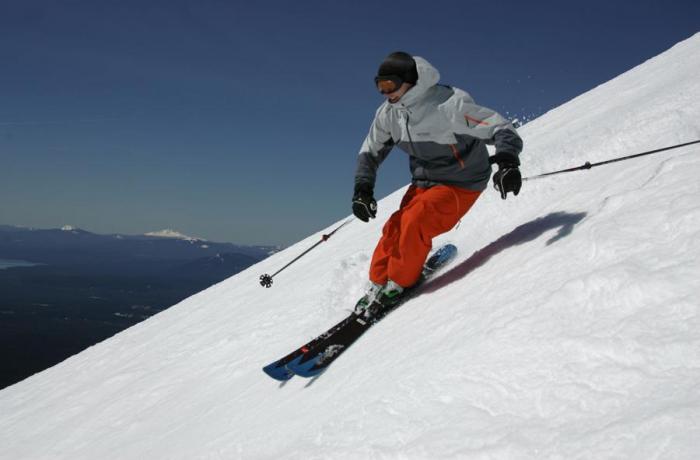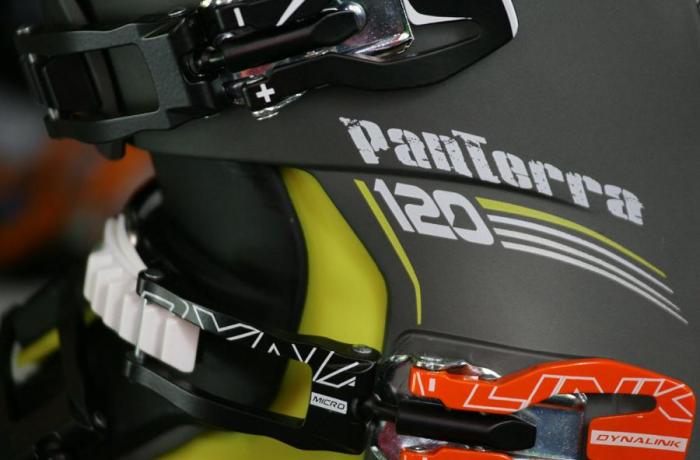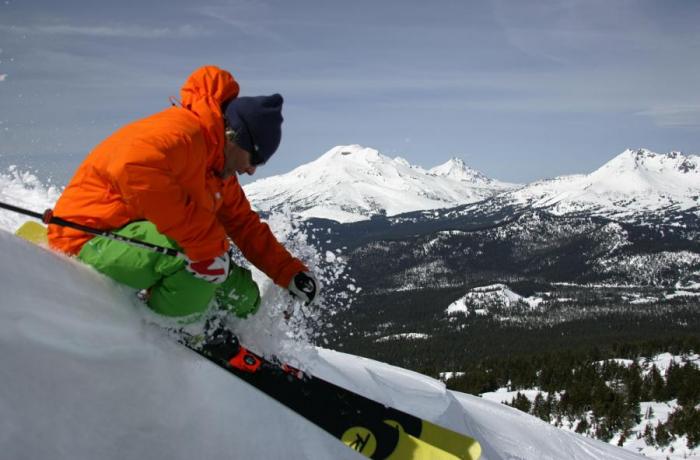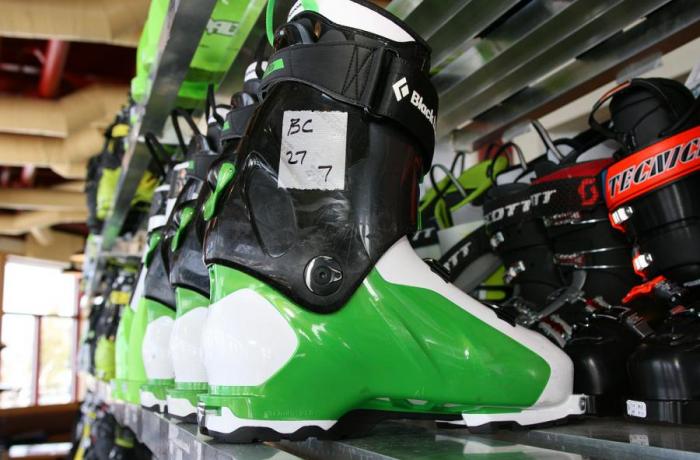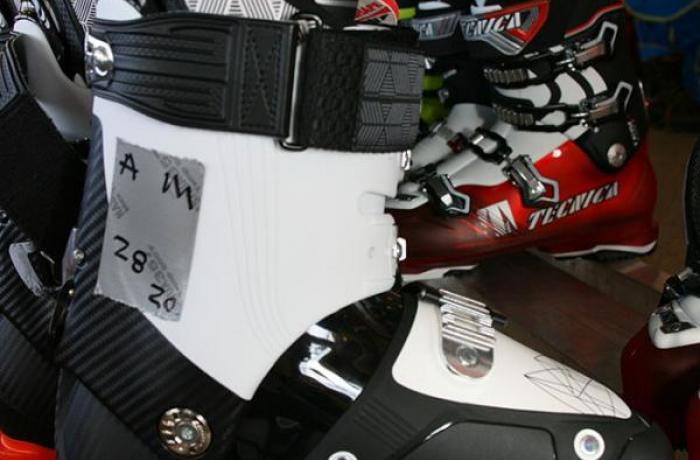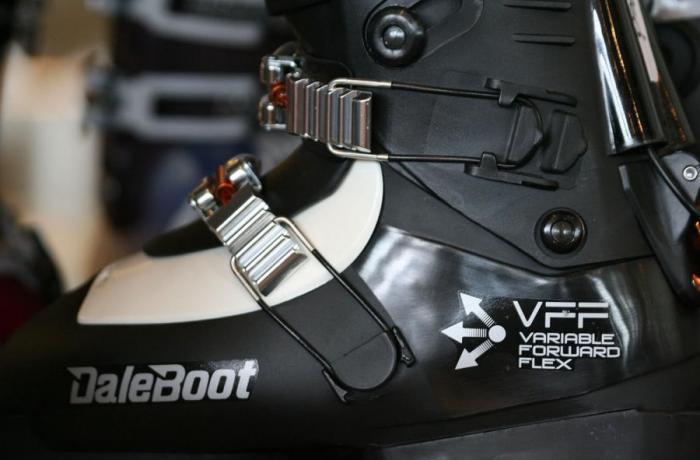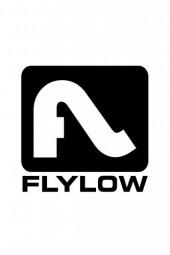It's worth mentioning that the new Pinnacle 100 was one of the softest flexing boots we tested in this category and the only 100 flex to make the cut in a group dominated by 130 and 120 flex boots. This isn't to say that it is stiffer-than-billed, it's soft, but it does exactly what it sets out to do perfectly, and testers appreciated that.
The snuggish 102 mm fit nudges up against the medium fit category, so this fit will appeal to a lot of skiers who are looking for a functional blend of wiggle room and real performance—testers said this ain't no bucket. The cuff rides a bit low, and it's soft, so average to shorter and lighter testers loved that—bigger guys might need to use a light touch or consider stepping up to the Pinnacle 110 HV (high volume) version.
Testers liked that the forward flex was long-travel and smooth, but also that rearward support was solid and reliable, and both were teamed with a laterally strong construction that made for stable and well-balanced skiing everywhere they drove the Pinnacle 100.
The Pinnacle 100 comes with all the K2 freeride class goodies found on the 130, minus the lever-action Powerbuckle up top. In fact, the 100 has pretty much everything the 110 's packin' too except for 10-clicks of stiff and tech fittings that most skiers don't need, at $100 less. The CushFit Tour liner on the 100 is slightly softer than others in the line but still has the articulated hinge points for maximizing its cuff release range of motion.
